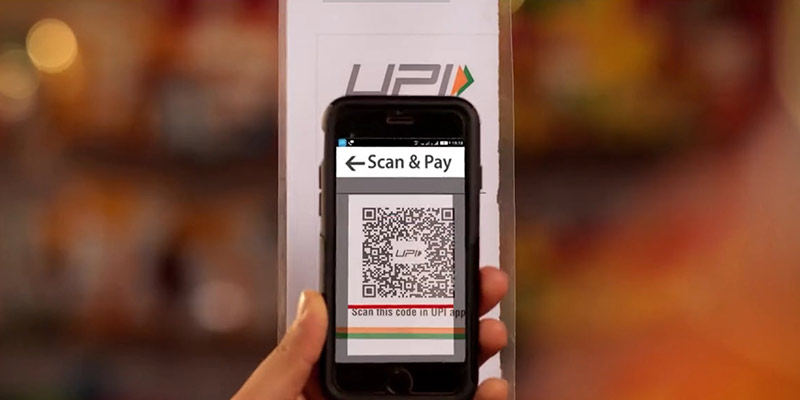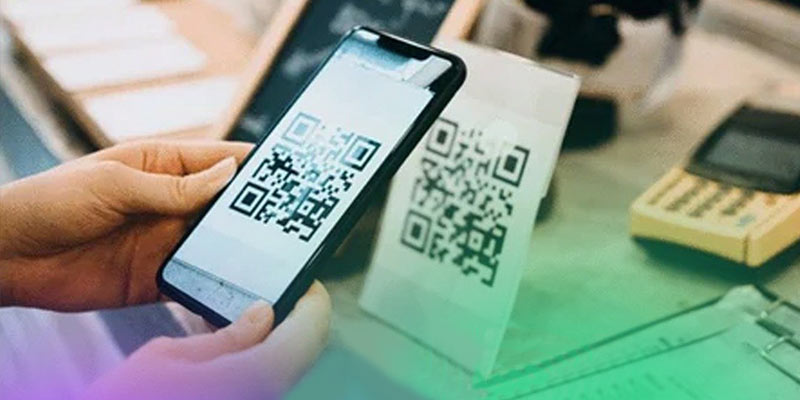- India
- Apr 06
UPI can be used to deposit cash at ATMs soon
• In a major decision, the Reserve Bank of India said it will soon facilitate cash deposit facility in banks through use of the popular UPI.
• RBI governor Shaktikanta Das said that cash deposit machines (CDMs) deployed by banks enhance customer convenience while reducing cash-handling load on bank branches.
• The facility of cash deposit is presently available only through use of debit cards.
• Given the popularity and acceptance of UPI, as also the benefits seen from the availability of UPI for card-less cash withdrawal at ATMs, it is now proposed to facilitate cash deposit facility through use of UPI.
• This measure will further enhance customer convenience and make the currency handling process at banks more efficient.
Prepaid Payment Instruments (PPIs)
• The RBI also decided to permit linking of Prepaid Payment Instruments (PPIs) through third-party UPI applications.
• PPIs are instruments that facilitate purchase of goods and services, conduct of financial services, enable remittance facilities, etc, against the value stored therein. Mobile wallets and e-gift cards are examples of PPIs.
• At present, UPI payments from bank accounts can be made by linking a bank account through the UPI app of the bank or using any third-party UPI application. However, the same facility is not available for PPIs.
• PPIs can currently be used to make UPI transactions only by using the application provided by the PPI issuer.
• To provide more flexibility to PPI holders, it is now proposed to permit linking of PPIs through third-party UPI applications. This will enable the PPI holders to make UPI payments like bank account holders.
• This will further enhance customer convenience and boost adoption of digital payments for small value transactions.
What is Unified Payments Interface (UPI)?
• UPI is an instant real-time payment system for inter-bank transactions through mobile phones.
• Before 2016, India used a number of different systems to transfer money between banks. The traditional forms included National Electronic Funds Transfer (NEFT) and Real-Time Gross Settlement (RTGS). With the plethora of systems, rules and growing paper burden, there was a need for a unified system that could automate and standardise India’s payment platforms.
• In 2016, the National Payments Corporation of India (NPCI) set out with a mandate to change the face of India’s payment systems. It developed the Unified Payments Interface (UPI) as an architecture framework with a set of standard Application Programming Interface (API) specifications to facilitate online payments.
• The aim was to simplify and provide a single interface across all NPCI systems, thereby creating interoperability and a superior customer experience.
• The pilot programme, with 21 member banks, was launched on April 11, 2016.
• The UPI is a system that powers multiple bank accounts into a single mobile application (of any participating bank), merging several banking features, seamless fund routing and merchant payments into one hood.
• It also caters to the “peer to peer” collect request which can be scheduled and paid as per requirement and convenience.
• It facilitates immediate money transfer through mobile devices round the clock.
Growth of UPI
• UPI transactions have experienced substantial growth, surging from Rs 92 crore in FY 2017-18 to Rs 8,375 crore in FY 2022-23, boasting a remarkable Compound Annual Growth Rate (CAGR) of 147 per cent in terms of volume.
• The value of UPI transactions has risen from Rs 1 lakh crore in FY 2017-18 to Rs 139 lakh crore in FY 2022-23, exhibiting a CAGR of 168 per cent.
• UPI emerges as the major driving force in the overall growth of digital payment transactions in the country accounting for 62 per cent of digital payment transactions in FY 2022-23.
Manorama Yearbook app is now available on Google Play Store and iOS App Store


